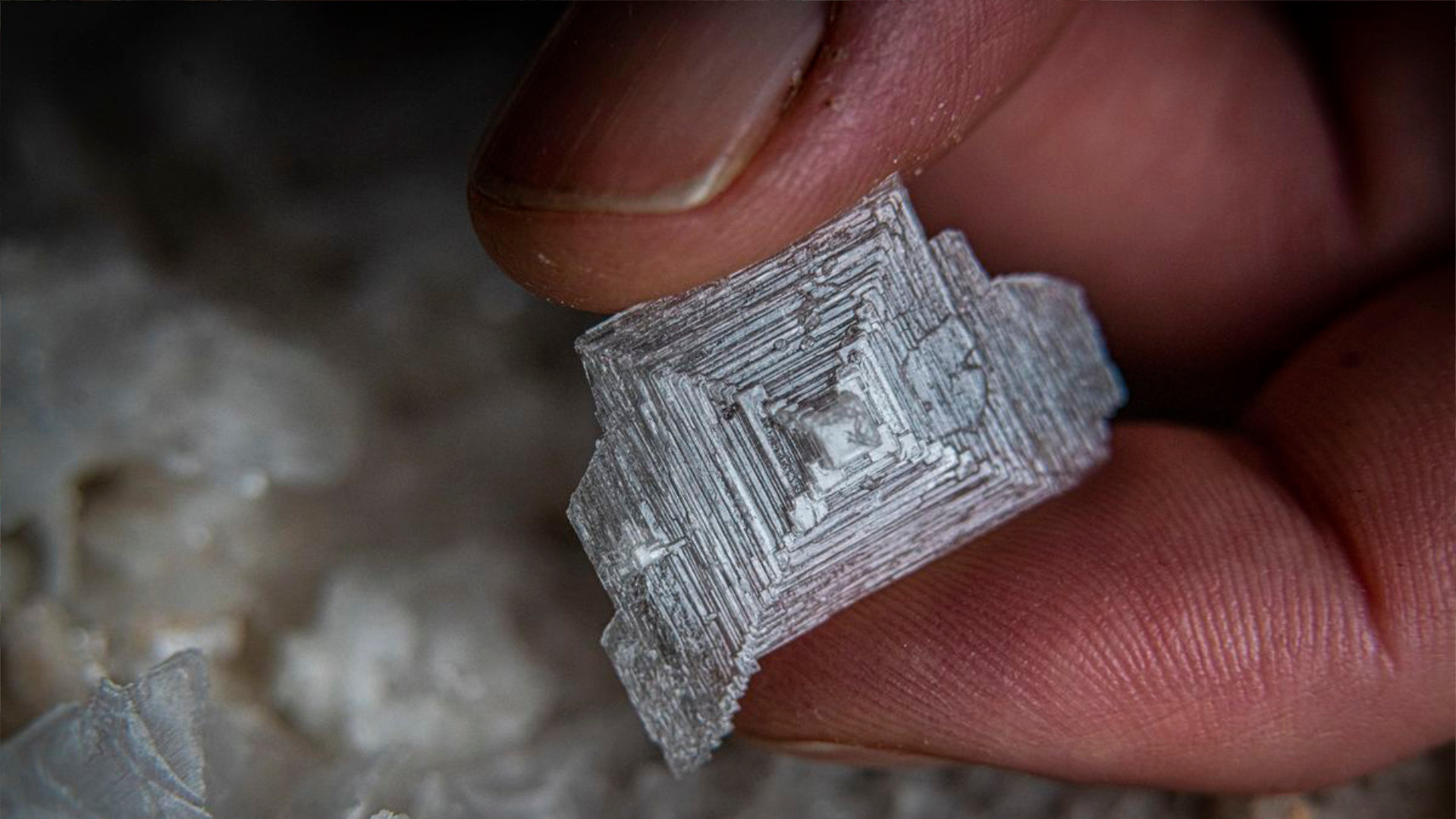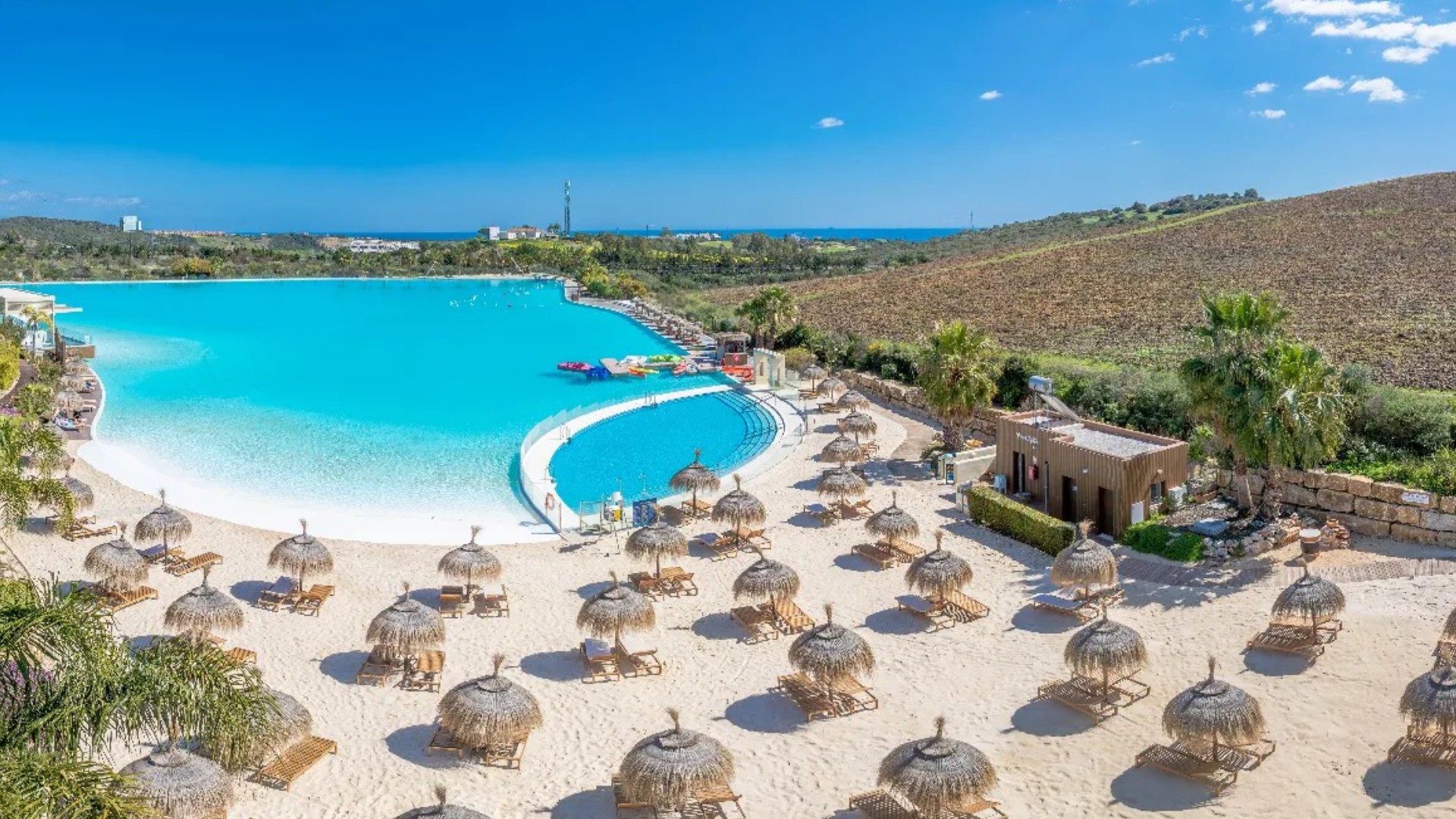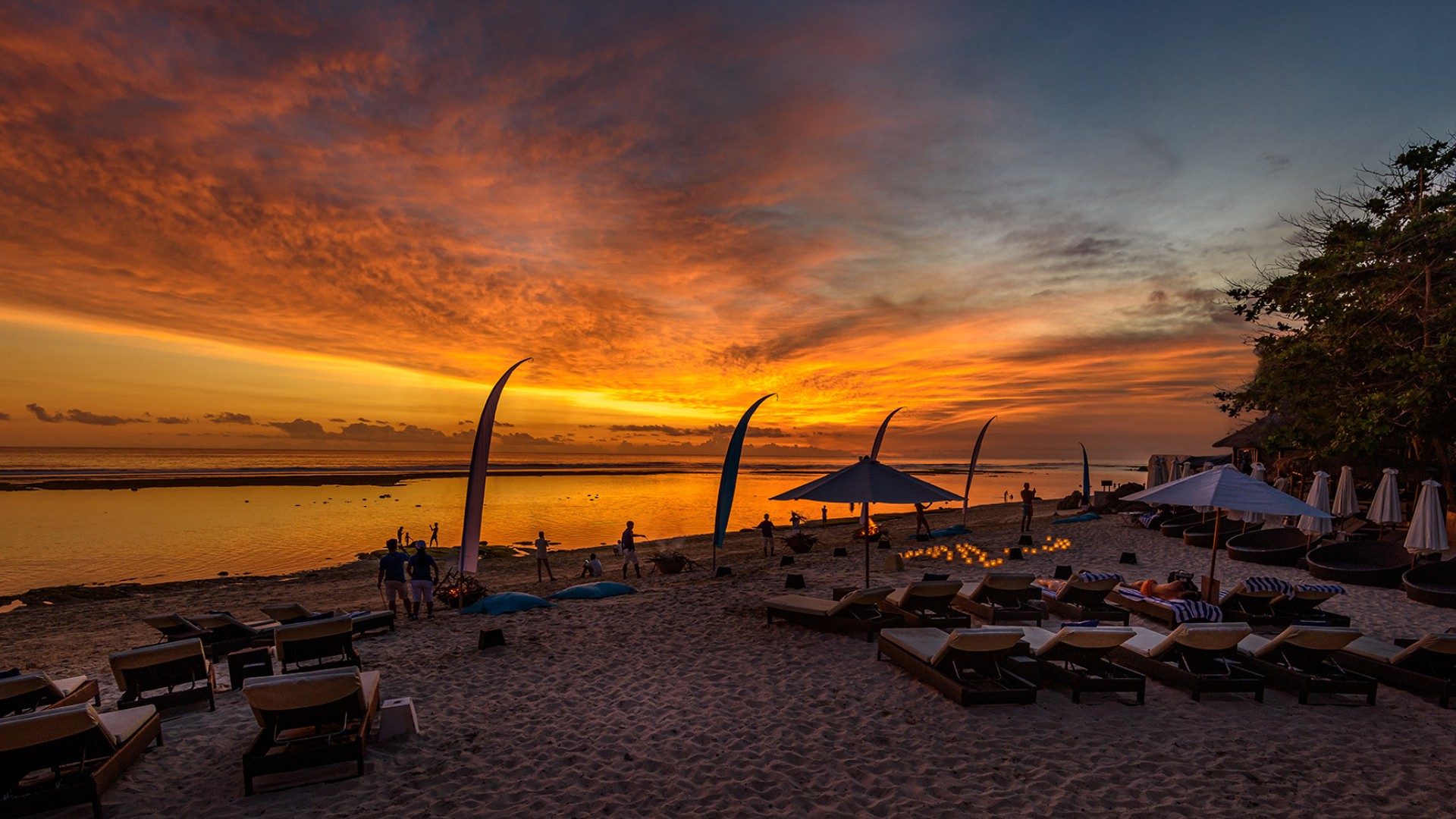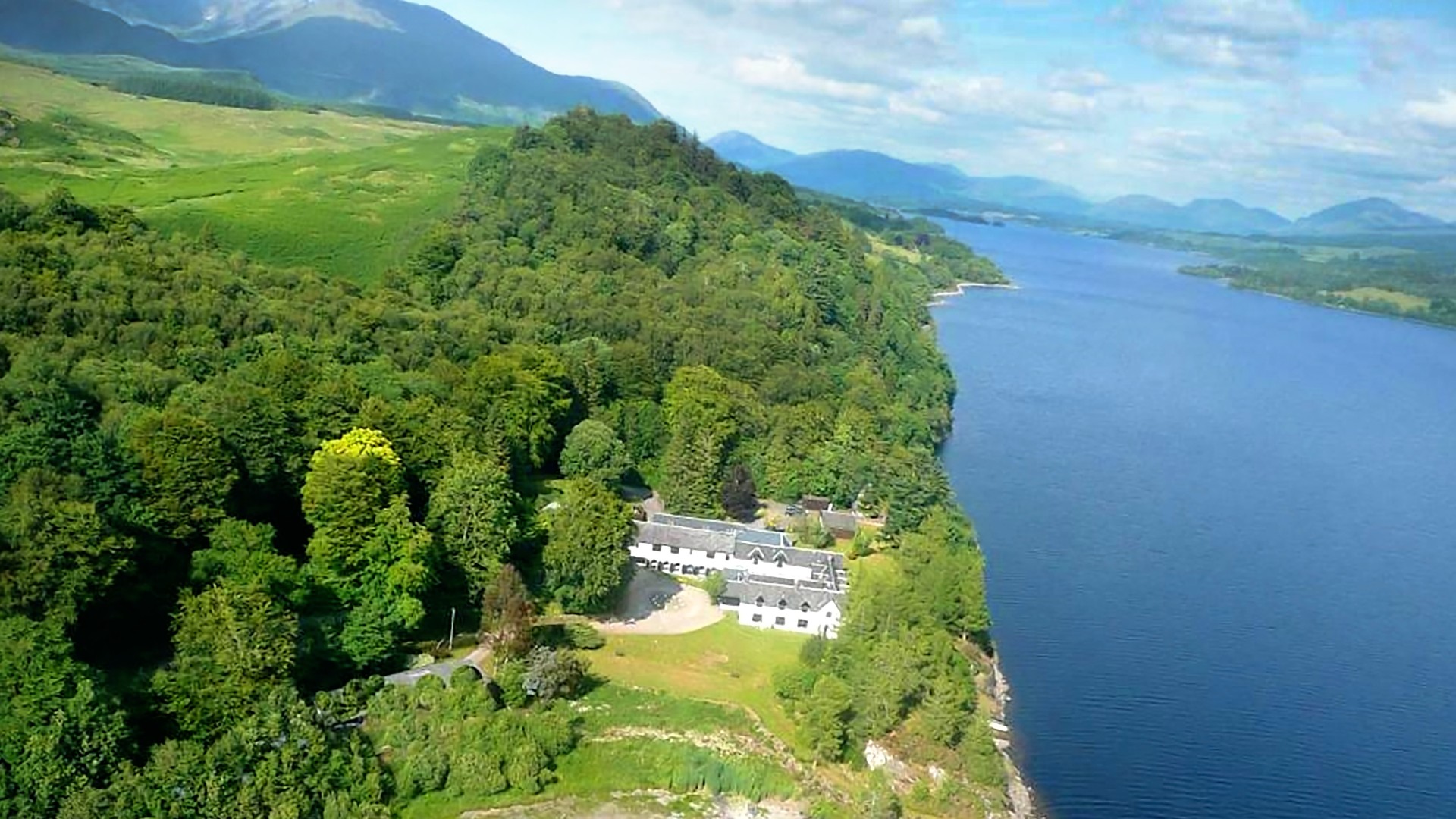Think salt tastes just of…well, salt? Think again! It might all be sodium chloride, but there are in fact a myriad varieties of salts, with varying compositions derived from seawater and minerals, each with their own distinctive textures, flavours and intensities. Here, three Karma chefs offer up their personal favourites – from Scotland, Bali and Andalusia…
Chef Joe Peden (Karma Lake of Menteith, Scotland) – Blackthorn Salt
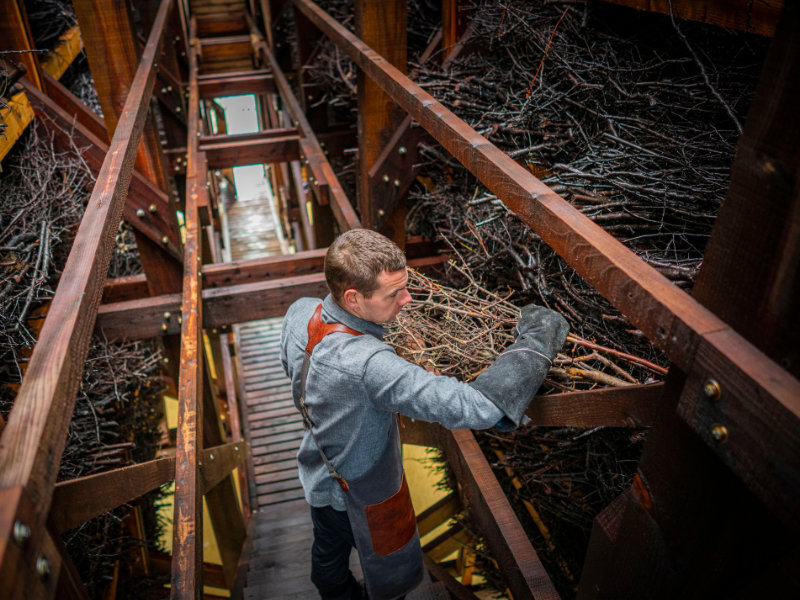
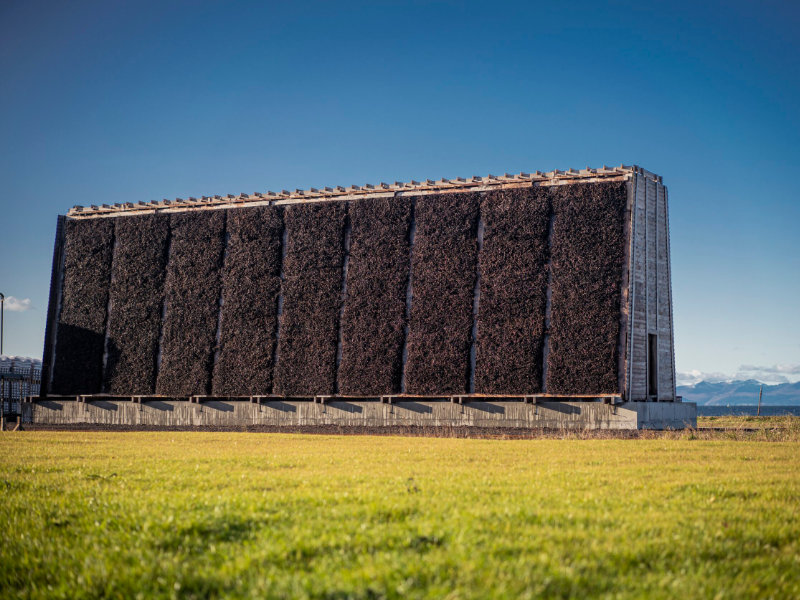
“Blackthorn is a wonderful organic salt that has a bittersweet flavour profile redolent of the seas off Scotland’s coast. It has something of an iconic status thanks to the famous Blackthorn Tower – a wooden structure made from local Douglas fir and larch where the salt is evaporated from seawater, trickling slowly through blackthorn shrubs. No wonder it’s won the Great Taste Gold award two years in a row! Blackthorn employs centuries old traditional techniques to create a natural and sustainable product using 100% West Coast sea water. Even better, the company is environmentally conscious right down to the paint they use on their buildings. It’s also the only traditional salt tower creating salt in Europe!”
It’s the perfect finishing salt for seasoning meats’
Chef Joseph Antonishek (Karma Kandara, Bali) – Kosher Salt

“Kosher Salt is the go to for any recipe in the professional kitchen – the universal salt we chefs learn to cook with since it is made purely from sodium chloride with no anti-caking agents or added iodine. It derives its name from the Jewish process of ‘koshering’ meat using this specific variety of salt – since the grains are bigger, it is more effective at drawing out moisture from the meat, a key part of the koshering process. Whether you are curing fish, making a salad, or heavily seasoning a ribeye steak, it’s the perfect taste and texture to achieve the best results.”
Chef Juan Pedro (Karma La Herriza, Spain) – Flor de Sal
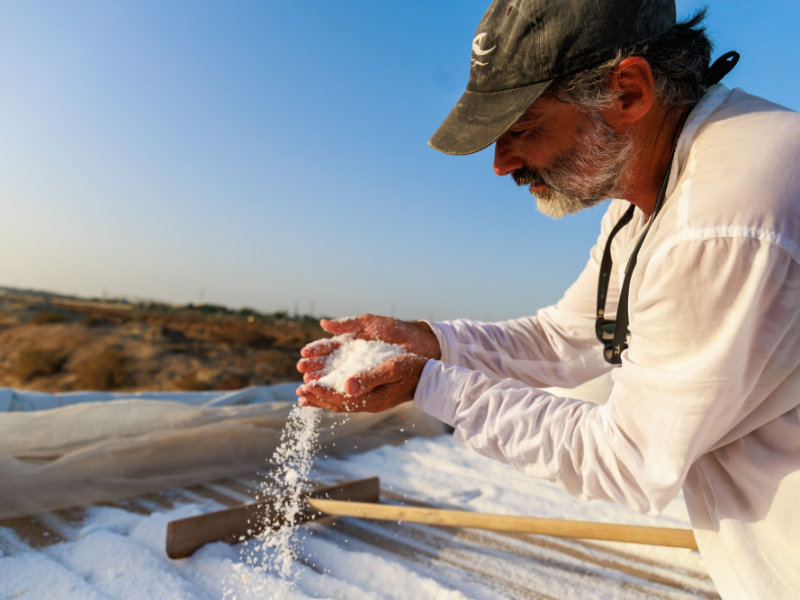
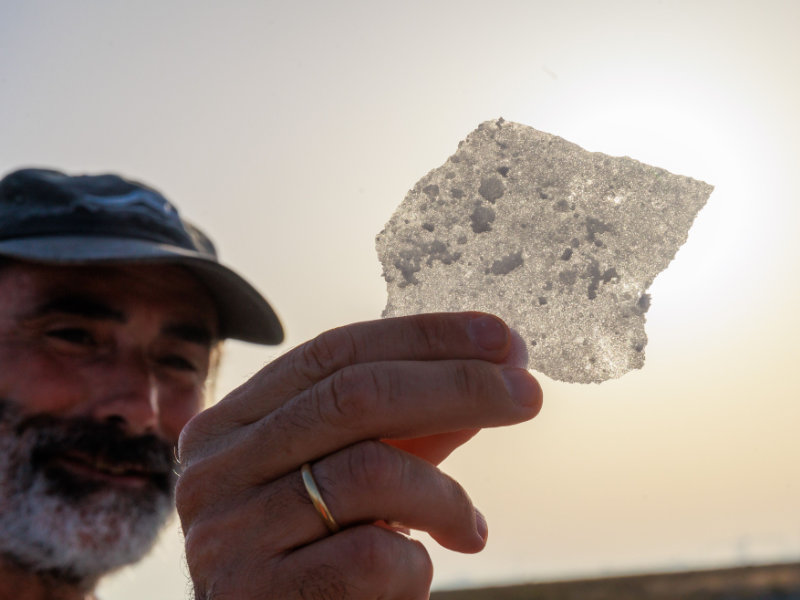
“Just 40km from Karma La Herriza you will find the old Roman inland salt flats of Prado del Ray. Here, salt flakes are harvested manually, using the same techniques the Romans used thousands of years ago in the very same location! One of the best varieties is Dama Blanca. Atlantic sea water is flushed through a network of reservoirs in the salt flats, where it forms crystals once it has reached the right concentration. The salt is harvested by hand every 72 hours and separated into two categories– with the largest constituting the legendary salt variety known as flor de sal or “flower of salt” The salt is produced all along the Atlantic coast of Cadiz – and is of course used liberally in local culinary classics like sardines – the salt flakes are the perfect sharp counterpoint to these delicious oily fish!”

